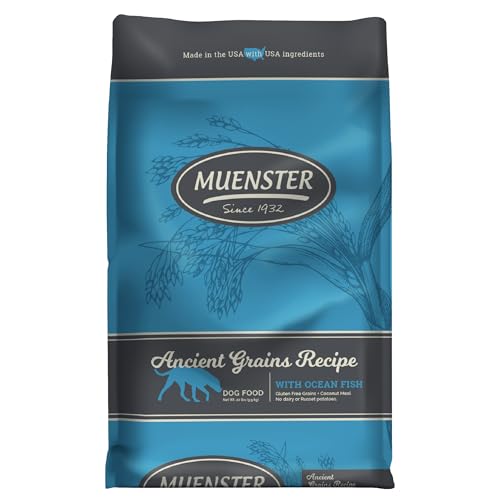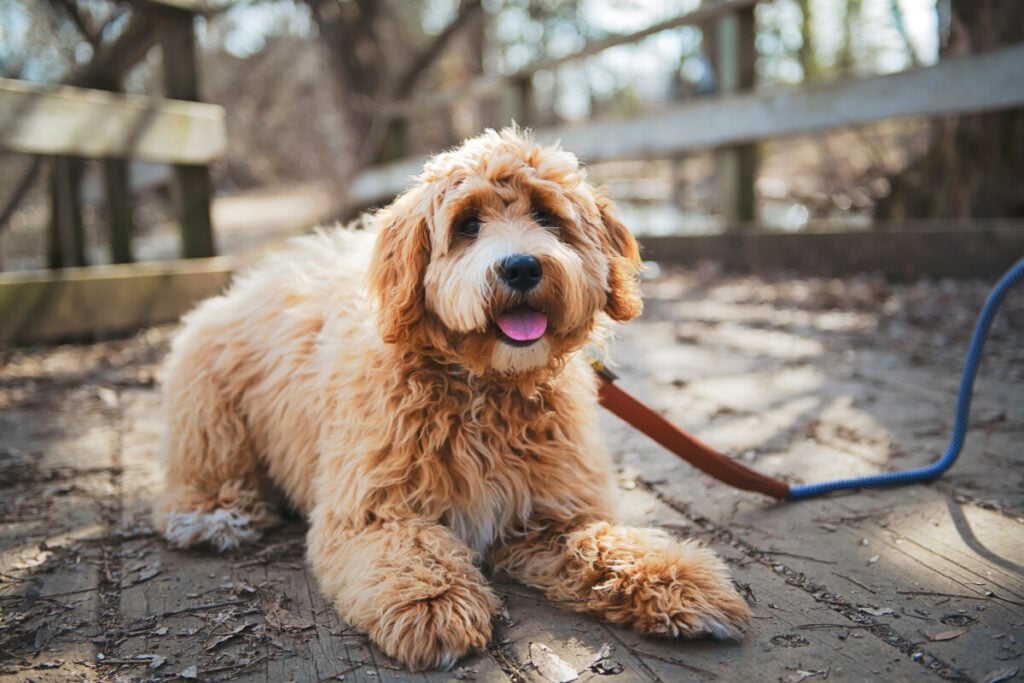Why is my Goldendoodle so Skinny?
Wondering if our furry companions are getting enough to eat is a question that is always on our minds. Goldendoodles are known for having a very slim figure, which can make it hard to tell if they’re in need of extra calories.
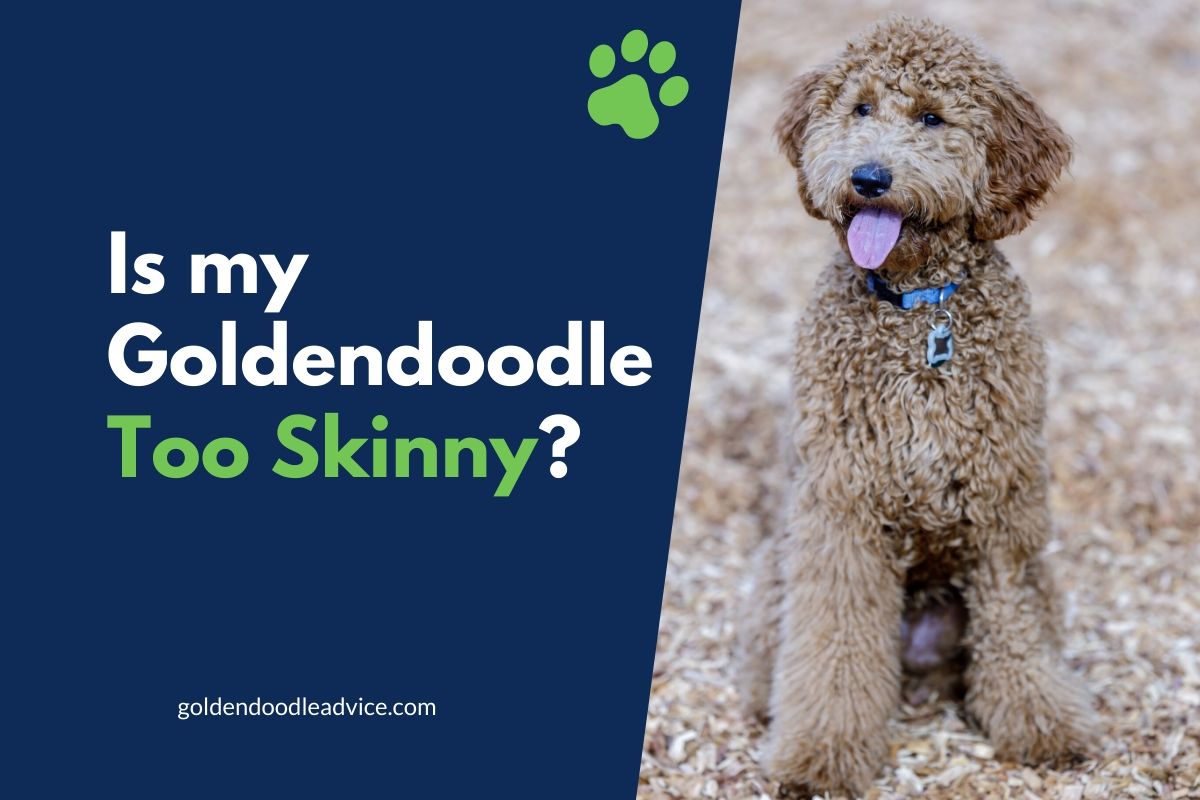
Why is my Goldendoodle so skinny?
Your dog’s body weight plays an important factor in their growth patterns. If your Goldendoodle is very young, then you shouldn’t expect them to weight more than 20 lbs. Goldendoodles suffer from a myriad of ligament problems, so your doodle weighing too much at an early age can bring in future health problems.
If your Goldendoodle has had weight loss or you just think they have a thin layer of fat when they should have a bit more fat on their hips, here’s what you need to know about appetite, parasites, and health issues that can affect this dog breed and how they gain weight.
Every Goldendoodle is going to vary in size, with some of them leaning obviously more towards the poodle side in terms of body shape. In this article, we will go over how much your Goldendoodle should weigh according to its bred, as well as diet tips for helping your doodle gain weight.
How Much Should My Goldendoodle Weigh?
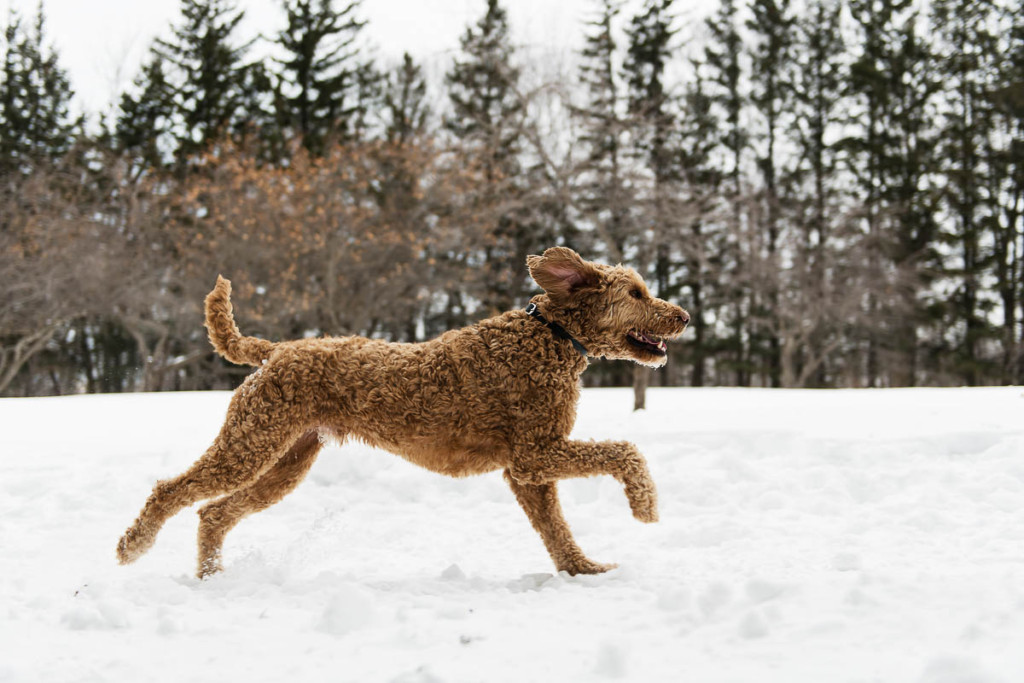
This answer is really based on what bred of Goldendoodle you have. Goldendoodles come in three different sizes
- Miniature
- Small Standard
- Large Standard
The sizes are a direct result of the doodles breed, which will even affect its height.
Miniature
A Miniature Goldendoodle is a cross-breed between a Miniature or Toy Poodle and a Golden Retriever. These are essentially the smallest they get, with their height varying from 13 to 20 inches, and the peak weight is 35lbs. It’s very common for Miniature to stay relatively skinny throughout its life.
Small Standard
These will carry a bit more weight but still manage to average out to a slim figure. This is a cross-breed of any medium poodle with a Golden Retriever. Their weight caps out at 50lbs, with their peak height going to 20 inches.
Large Standard
There is only a 4-inch height difference between these and the Small Standards, but they can weight up to 40lbs more as well. If your Goldendoodle falls under this size, then you may need to make sure they are taking in an adequate amount of protein to help them stay in healthy shape.
How Skinny Is Too Skinny For A Dog?
When a dog is too skinny, it can be pretty noticeable due to the low amount of fat on the rib cage.
A dog can be deemed too skinny when you are able to feel the pelvic bone and ribs with little to no fat between the ribs and skin. The lack of fat is responsible for making the ribs viewable and could bring in health-problems if the dog doesn’t gain weight.
Dogs with lots of muscle may seem slim even if their nutritional needs are being met. Doodles grow quickly, especially if the standard poodle in their background was tall and slender, so these hybrids may be skinny until they are 9 or even 12 months of age.
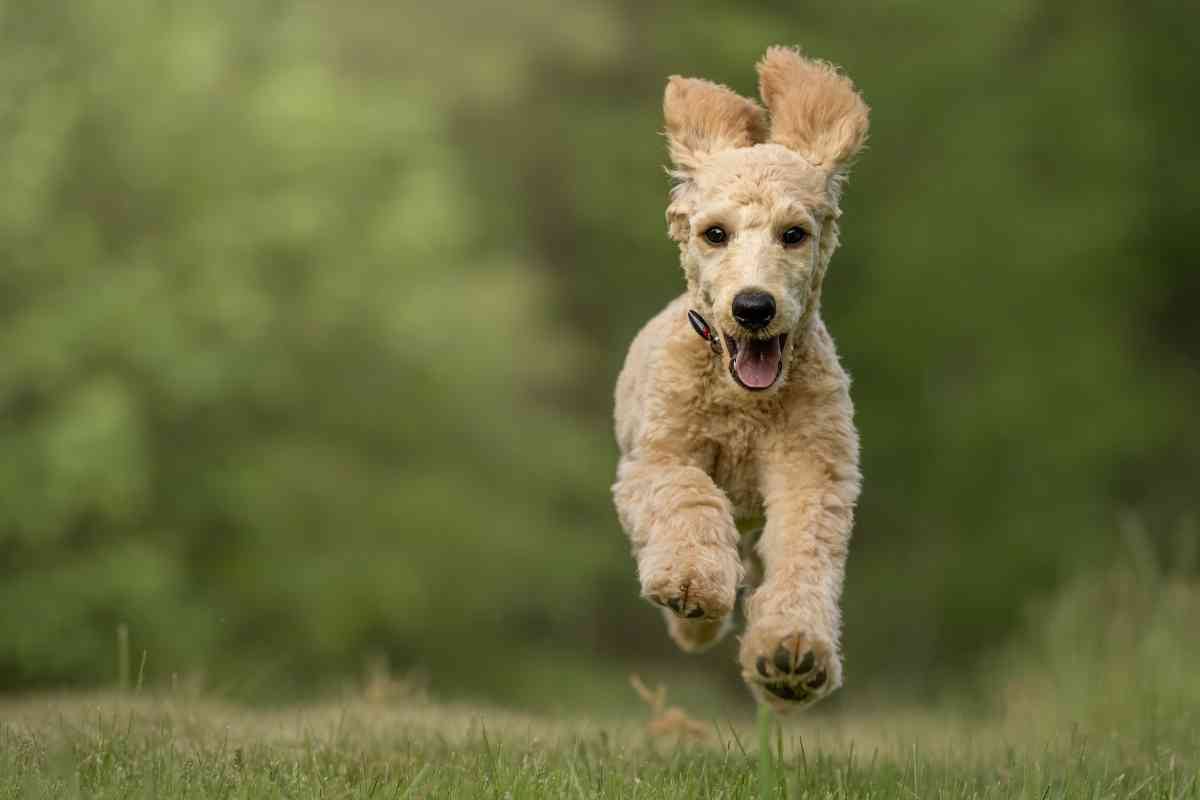
How To See If Your Dog Is Too Skinny
Stand behind your dog and look down towards their body. A dog with a healthy weight will show a gradual curve from their waistline to its ribcage. If your dog is underweight, then you will notice that this curve seems to be more dramatic and starts pretty early from the waistline.
Slowly move from side to side and check on their abdomen. If they’re healthy, then their abdomen will show an upward curve that is very similar to their waists. If your dog is unhealthy, then you will notice that there is an absence of body fat, and all of their weight will appear tucked in.
Your next step is to locate their pelvic bone by running your finger down their spine. If you can find it easily under the layer of fat, then that is a sign that your dog is a healthy weight.
After you locate the spine, you’re going to want to examine their ribs. You’ll do this by placing your hands on them, and separating the coat with your fingers if you need to. If your dog is healthy, then you should be able to feel each individual rib. If you can see them without having to touch them at all, then your dog is lacking the needed fat and is most likely underweight.
What Food Will Help My Dog Gain Weight?

You’re going to want to feed your dogs a food that is high in protein, as well as other fats and minerals. Your dog will also be in desperate need of phosphorus and potassium. The high-fat content will help them gain weight, and it’s combined with high proteins to help out in the process, as well as make sure that the weight is maintained.
Muenster Ancient Grains Dog Food is my go-to option for Lexie ever since our vet recommended we switch to it.
Treats throughout the day will also help your dog to gain some more weight. These can be either homemade or store-bought.
Lexie loves these pumpkin treats, which are easy on her stomach and low fat but still a tasty treat.
If you go the homemade route, you will be able to make a high amount that can really help your dog pack on more weight. Just like the treats, the meals need to be placed out regularly throughout the day, so your dog can get adjusted to a proper feeding schedule.
Water will be another huge help with weight gain, as the dehydration will help make the ribs more visible if they are already malnourished. Unlike the meals and treats, water needs to be regularly available to help ensure proper weight gain.
A larger waterer that stays full all day long is a great way to ensure your Goldie stays hydrated.

Diseases That Stem From Nutrition
There are many diseases that can stem from what your dog eats or doesn’t eat on a daily basis. Here, we will list the top five that we believe you should know. You may note that many of these can be solved by simply changing up the diet, but you still may want to contact a veterinarian to make sure you’re doing everything that you can to keep your furry friend healthy.
- Obesity: This affects over half of American dogs, and they can be prone to getting other diseases and complications like arthritis and high blood pressure. Decreased life-expectancy is very common for obese dogs. According to the APOP (Association for Pet Obesity Prevention), 90% of pet owners who had obese dogs believed that they were at a healthy weight.
- Pancreatitis: This happens when the pancreas becomes inflamed, which releases digestive enzymes into the abdomen. It leads to the enzymes breaking down much-needed fat and proteins in other organs. If your dog food is too high in fat, then you run the risk of this becoming a serious problem in the future.
- Bladder Stones: A bladder stone is composed of many different types of minerals and other substances that are found in your dog’s bladder. They can start off small, but can soon grow in both size and number. This can make it extremely difficult for your dog to urinate and may even discolor their urine. These can be dissolved by changing up your dog’s food or taking them out with surgery.
- Heart Disease: Just like humans, dogs have problems with their heart. This can even be caused by their type of diet, with the key factor in it being how much sodium they take in. The sodium can cause water retention in the blood vessels, which elevates blood pressure. This can be started up by feeding your dog the wrong kind of table scraps
- Diarrhea: Dogs will suffer from this pretty commonly, and there are two different types of this problem known as small and large bowel diarrhea. If your dog is producing only soft stool a few times a day, then it is a small bowel. The large bowel is when your dog struggles with expelling soft stool at all. A change in diet can help this. For small bowel, keep the food low in fat, if it’s large, you may want to go with something that is high in fiber.
Related Content You May Find Interesting
Here are some more articles that may be of interest to you if you’re worried about your Goldendoodle’s weight and health.
